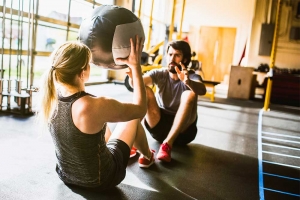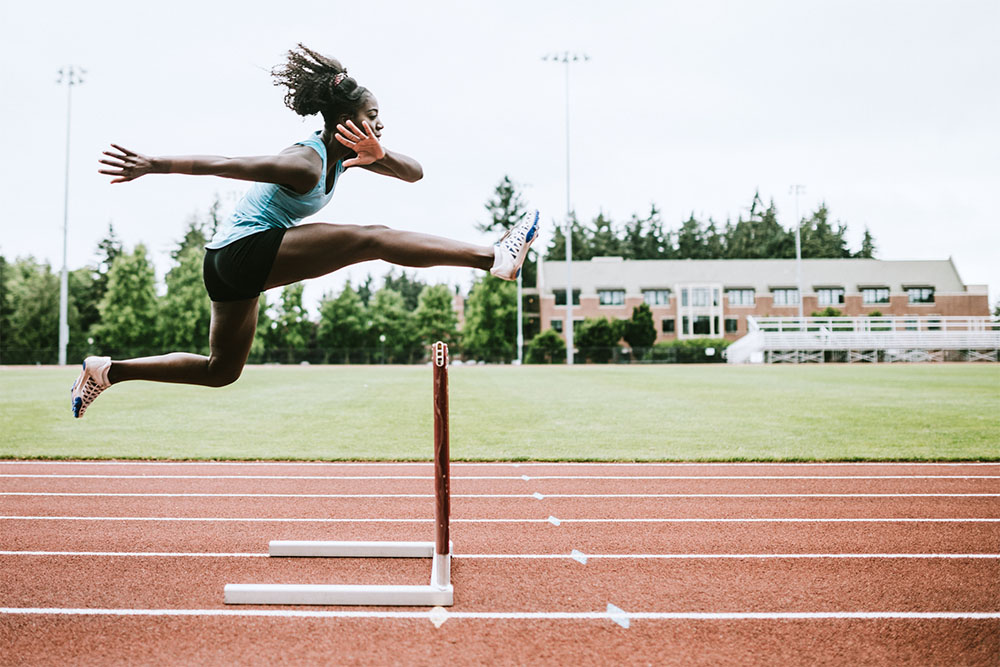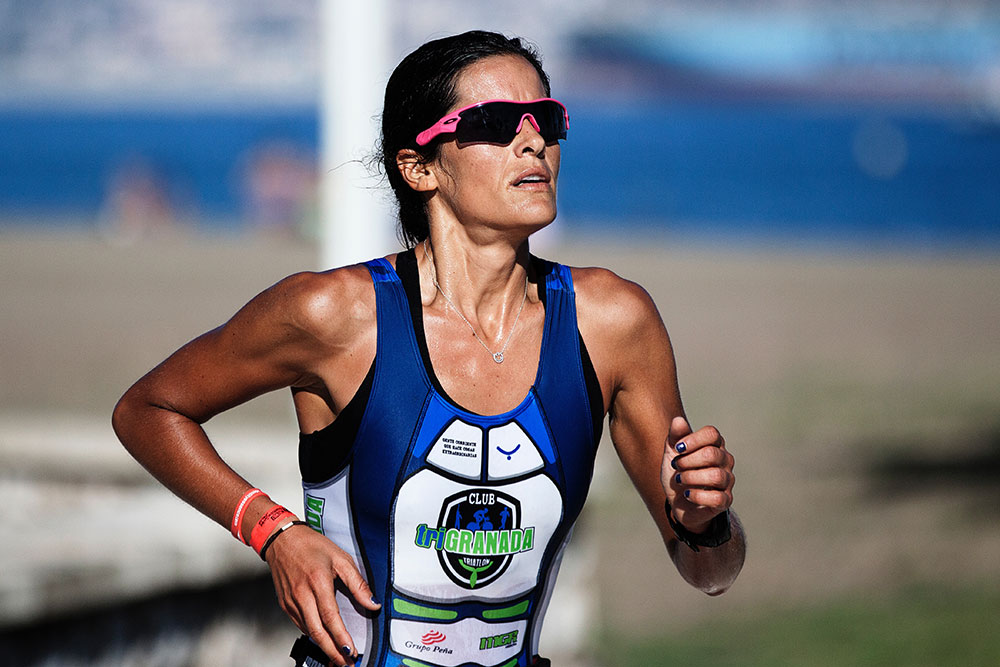The Best Workout Combination: Endurance Training and HIIT

Dayton Kelly
This article was adapted from a combination of speeches given at the European Sports Science Conference 2018, most notably David Bishop (VICTORIA UNIVERSITY / AUSTRALIA).
Long distance, low-intensity endurance training has been preached for decades as the staple of any good aerobic training program. Recently, high-intensity interval training (HIIT) has accumulated support as a more time-efficient manner of stimulating similar and, in some cases superior, adaptions to the aerobic energy system. This has led to changing  recommendations from exercise professionals, with some opting to more HIIT heavy programming. This led to an attitude among professionals that the amount of HIIT performed in an exercise program should only be limited by the greater amount of stress it imposes on the body. In this attitude, long distance endurance training (which is less stressing) is only included to achieve higher training volume that would cause overtraining if achieved through HIIT. However, a recent review would suggest this attitude ignores the separate benefits of long-distance endurance training that may be necessary to optimize aerobic capacity.
recommendations from exercise professionals, with some opting to more HIIT heavy programming. This led to an attitude among professionals that the amount of HIIT performed in an exercise program should only be limited by the greater amount of stress it imposes on the body. In this attitude, long distance endurance training (which is less stressing) is only included to achieve higher training volume that would cause overtraining if achieved through HIIT. However, a recent review would suggest this attitude ignores the separate benefits of long-distance endurance training that may be necessary to optimize aerobic capacity.
Related Article: Relative Energy Deficiency: Nutrition For Endurance Athletes
What are mitochondria and what can they tell us about optimizing training?
Mitochondria are organelles within cells (similar to how organs are within bodies) that function to produce energy using sugars and oxygen. In muscle cells, the number of and functionality of mitochondria limit the amount of energy that can be produced via oxygen depend on pathways. The energy produced via these pathways dominants the total energy produced during rest and during aerobic exercise. When energy requirements exceed this capacity, additional energy must be produced using alternate pathways which produce lactic acid and thereby contribute to an earlier onset of fatigue. Accordingly, a greater number and functionality of mitochondria within muscle cells is associated with improved aerobic capacity.
What are the effects of endurance and HIIT training on mitochondria?
 Both long-distance and HIIT training have demonstrated to increase both mitochondrial number and function within cells. They do not, however, seem to perform this same two functions to the same extent. In a recent review compiling investigations of aerobic exercise on mitochondrial function, the authors argue improvements in mitochondrial number (per cell) is better related to the volume of training performed whereas improvements in mitochondrial function are better predicted by the intensity of training. Given the low-stress nature of long distance, training is conducive to higher training volume, programs emphasizing long distance training may better increase the mitochondrial content of muscle cells than those focusing on HIIT. By contrast, HIIT may better serve improvements in mitochondrial function given its intense nature. While this does not tell us in what proportions we must train to achieved optimal aerobic capacity, it does suggest that training should include both long distance training and HIIT.
Both long-distance and HIIT training have demonstrated to increase both mitochondrial number and function within cells. They do not, however, seem to perform this same two functions to the same extent. In a recent review compiling investigations of aerobic exercise on mitochondrial function, the authors argue improvements in mitochondrial number (per cell) is better related to the volume of training performed whereas improvements in mitochondrial function are better predicted by the intensity of training. Given the low-stress nature of long distance, training is conducive to higher training volume, programs emphasizing long distance training may better increase the mitochondrial content of muscle cells than those focusing on HIIT. By contrast, HIIT may better serve improvements in mitochondrial function given its intense nature. While this does not tell us in what proportions we must train to achieved optimal aerobic capacity, it does suggest that training should include both long distance training and HIIT.
Related Article: Rise and Grind: Why You Should Consider Morning HIIT Workouts
What is the takeaway?
While the review does not directly suggest such a theory, from its findings it could be hypothesized that optimal increases in mitochondrial number and function might be achieved through periodized training programs in which more long distance training is used during the offseason to stimulate increases in mitochondrial number and more HIIT is used in season to improve the function of this expanded population of mitochondria. As this type of training matches that of the most elite team and sprint sports, this pattern of mitochondrial response to training volume and intensity could explain practices elite coaches have been using for years. Perhaps more importantly, it may encourage that more typical fitness enthusiast and trainer to include a balance of long distance and HIIT training in their programming. What this balance should look like for optimizing mitochondrial expansion and function remains to be determined. However, if support continues to build for this hypothesis, a brigade of research tackling this secondary question will undoubtedly follow.
Additional reading:
Bishop, D. J., Granata, C., & Eynon, N. (2014). Can we optimize the exercise training prescription to maximize improvements in mitochondria function and content?. Biochimica et Biophysica Acta (BBA)-General Subjects, 1840(4), 1266-1275.
You Might Like:
















